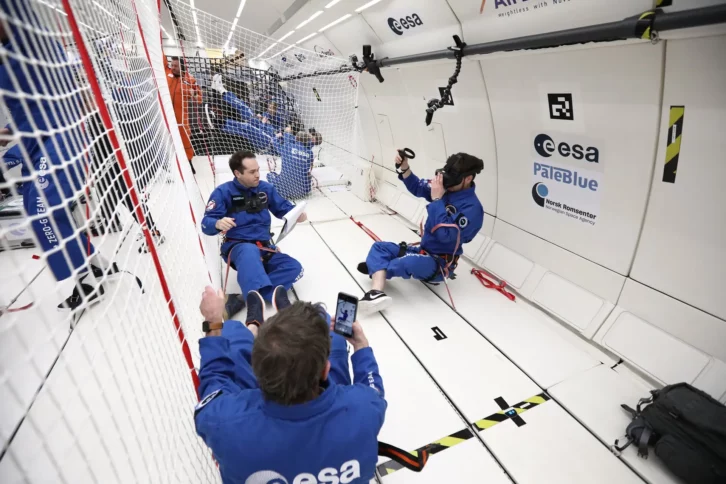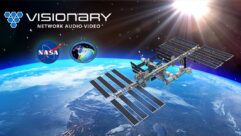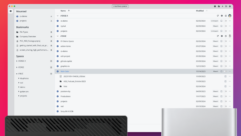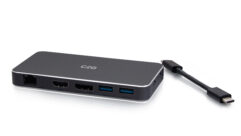
A resupply to the International Space Station (ISS) by NASA and SpaceX took place yesterday, this time including a unique piece of cargo. An HTC Vive Focus 3 VR headset was sent with the resupply to Danish astronaut Andreas Mogensen, in an effort to help him cope with the unique stressors of a prolonged residency in space.
While Mogensen will be the first to use the device aboard the ISS, sending the headset is part of a wider effort to test the efficacy of VR devices in treating the negative effects that can be associated with the isolation astronauts experience.
“Astronauts are essentially isolated during their missions for months and years at a time and are confined to small spaces with limited contact with friends and family,” said Per Lundahl Thomsen, Chief Technology Officer at Nord-Space Aps. “Creating a virtual platform that addresses their mental health needs while in isolation is imperative for them to maintain a healthy lifestyle when they return. We partnered with companies that provide the most advanced technologies that could be adapted for space to provide the most beneficial experience for our astronauts.”
In a press release, HTC notes out that while aboard the ISS, astronauts inhabit “noisy, clinical set of rooms without ‘natural’ light where they are surrounded by the constant hum of machines, screens, and electronic devices. Privacy is limited, sleeping spaces are cramped, and meals can include freeze-dried food and recycled water.”
The HTC Vive Focus 3 is being sent by HTC in partnership with XRHealth and Nord-Space Aps. HTC revealed that it were challenges to configuring a VR device to be suited for a microgravity environment, namely, there are issues with tracking an orientation. Instability in this unique environment could additionally lead to content “drifting” on the device, which would quickly lead to motion sickness and disorientation. These unique challenges were addressed by creating a revamped tracking system that uses a handheld controller as an anchor point.
ISS Commander Mogensen was given several options for what content he would like loaded on the Vive Focus 3 before launch, and he chose a selection of “serene and captivating scenes.” HTC says that, aboard the ISS, Mogensen will “dive with dolphins, watch a sunset over a mountain ridge, listen to birds singing, sit by the North Sea, and more.”










